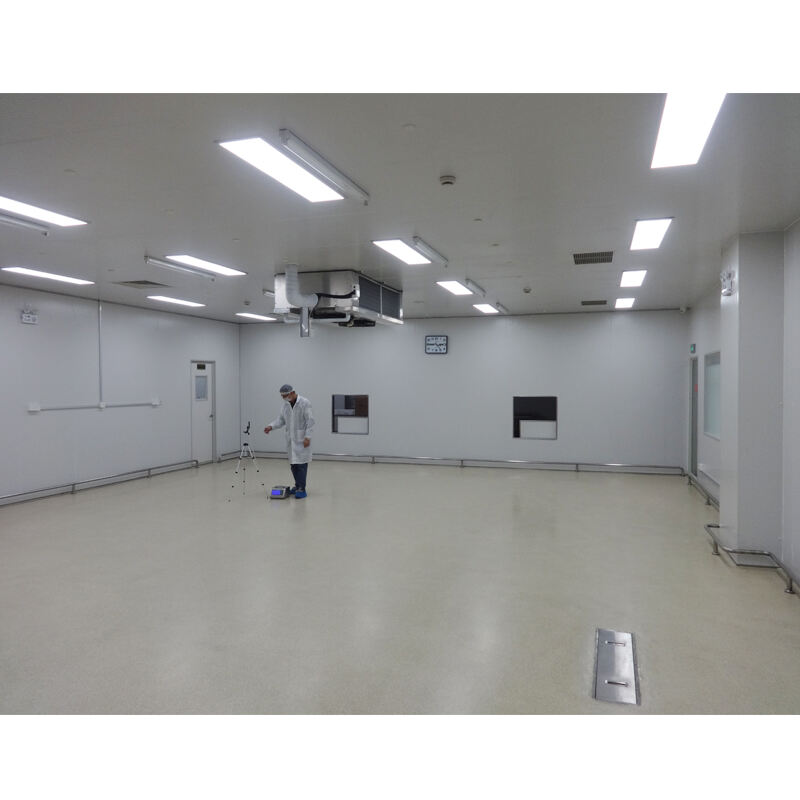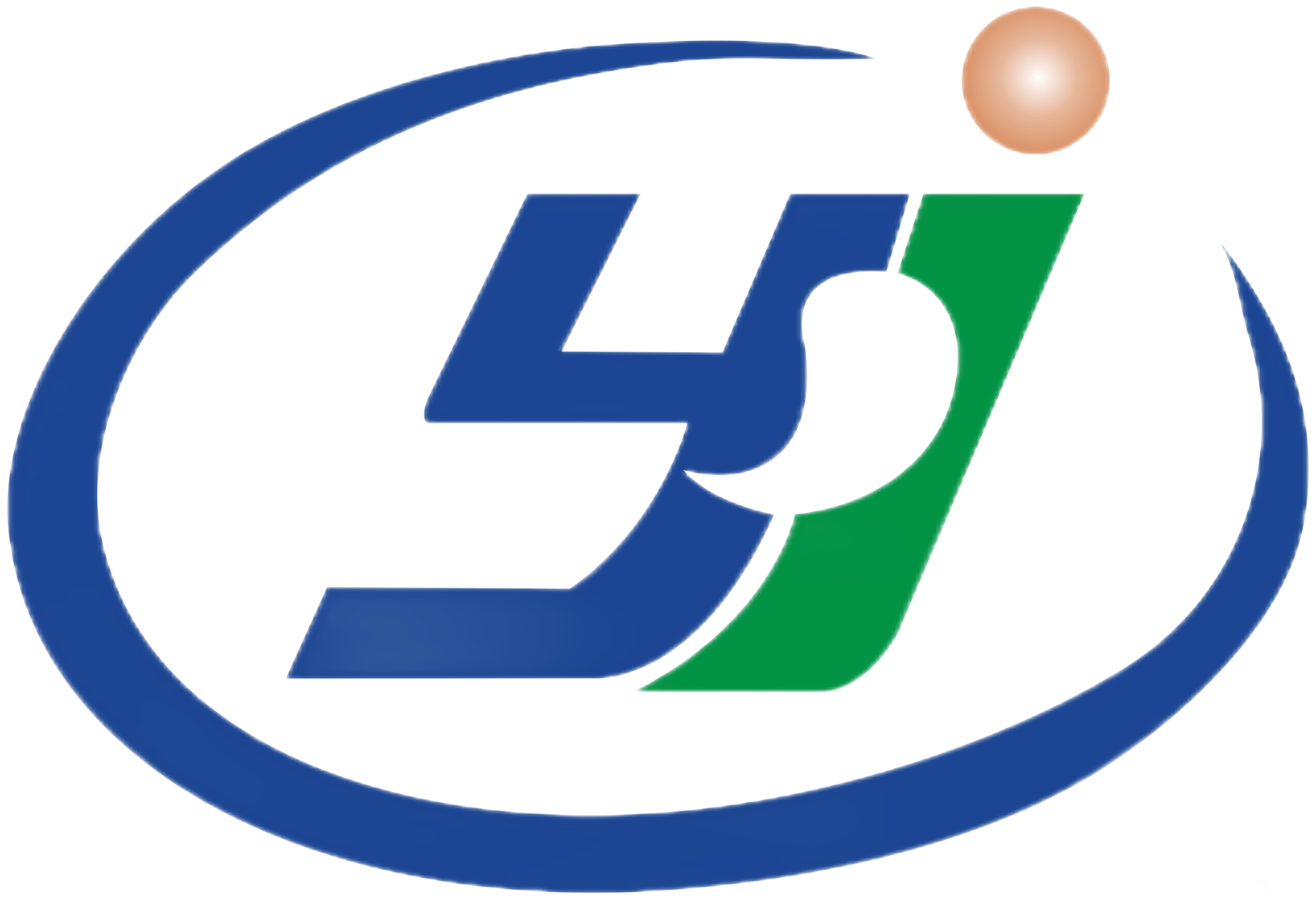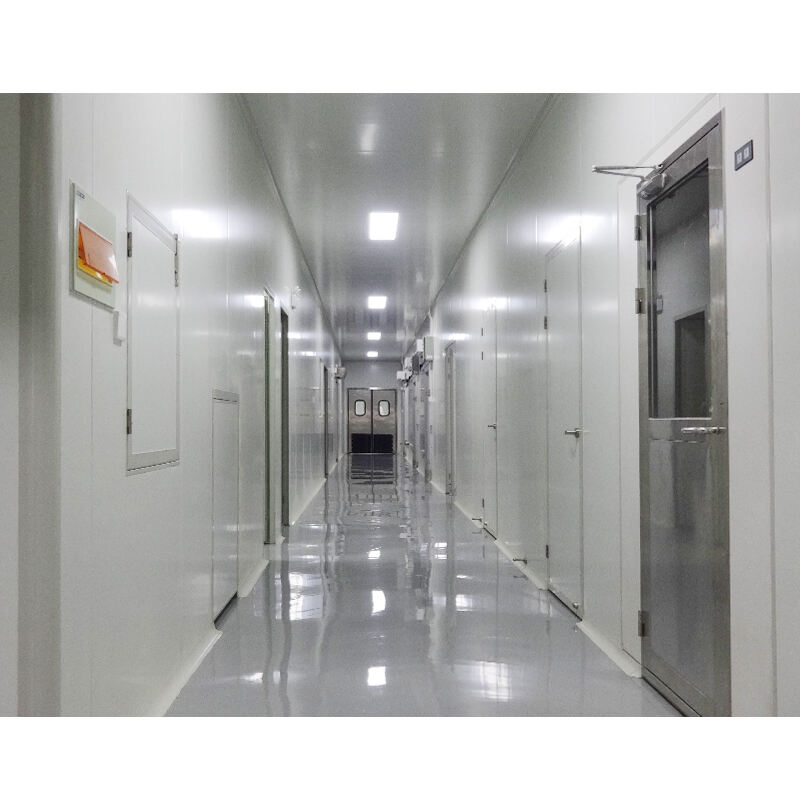Essential Guidelines for Industrial Air Quality Management
In today's industrial landscape, maintaining clean air systems has become a critical requirement for operational excellence and regulatory compliance. Modern facilities must adhere to stringent ISO standards while ensuring their air handling units and filtration mechanisms operate at peak efficiency. Understanding and implementing proper maintenance protocols not only ensures compliance but also promotes workplace safety and operational efficiency.
Fundamental Components of Industrial Air Systems
Primary Filtration Elements
The backbone of effective clean air systems lies in their filtration components. High-efficiency particulate air (HEPA) filters serve as the primary defense against airborne contaminants, capturing particles as small as 0.3 microns. These sophisticated filtration units require regular inspection and maintenance to prevent pressure drops and maintain optimal performance. Regular assessment of filter condition helps prevent unexpected downtime and ensures consistent air quality.
Supporting the primary filtration are pre-filters that capture larger particles before they reach the HEPA elements. This dual-stage approach significantly extends the life of more expensive HEPA filters while maintaining system efficiency. Monitoring pressure differentials across these components provides valuable insights into their operational status and replacement needs.
Air Handling Units and Ductwork
The proper functioning of air handling units (AHUs) is crucial for maintaining clean air systems. These units control airflow, temperature, and humidity levels throughout the facility. Regular inspection of fan belts, bearings, and motor assemblies prevents unexpected failures and ensures consistent performance. Ductwork inspection and cleaning should be scheduled regularly to prevent contamination buildup and maintain proper airflow distribution.
Clean ductwork is essential for preventing cross-contamination and maintaining air quality standards. Professional duct cleaning services should be employed annually, with more frequent cleanings scheduled for facilities with higher contamination risks or stricter cleanliness requirements.
Preventive Maintenance Strategies
Scheduled Inspection Protocols
Implementing comprehensive inspection schedules is vital for maintaining clean air systems at ISO standards. Daily visual checks of pressure gauges and system performance indicators help identify potential issues before they escalate. Weekly inspections should include examining filter conditions, checking belt tensions, and verifying proper damper operation. Monthly assessments focus on more detailed component evaluations and performance testing.
Documentation of these inspections provides valuable historical data for trend analysis and compliance reporting. Maintaining detailed records helps optimize maintenance schedules and supports continuous improvement initiatives. Digital monitoring systems can automate much of this process, providing real-time alerts and performance data.

System Performance Monitoring
Modern clean air systems benefit from advanced monitoring technologies that track key performance indicators in real-time. Particle counters, pressure sensors, and airflow meters provide continuous data streams that help maintain optimal system performance. These monitoring systems should be calibrated regularly and integrated into the facility's overall maintenance management program.
Performance data analysis helps identify trends and potential issues before they impact air quality. This proactive approach reduces downtime and helps maintain consistent compliance with ISO standards. Regular system performance reviews should be conducted to optimize operating parameters and energy efficiency.
Compliance Documentation and Reporting
Record Keeping Requirements
Maintaining detailed records is essential for demonstrating compliance with ISO standards. Documentation should include maintenance logs, inspection reports, filter replacement records, and system performance data. These records must be organized, easily accessible, and maintained according to retention requirements specified in relevant ISO standards.
Electronic documentation systems streamline record-keeping processes and facilitate quick access to historical data. Regular audits of documentation practices ensure completeness and accuracy while identifying areas for improvement in record-keeping procedures.
Compliance Verification Processes
Regular compliance audits help verify that clean air systems meet all applicable ISO standards. These audits should review system performance data, maintenance records, and operating procedures. Third-party verification may be required for certain certifications or regulatory requirements. Developing a comprehensive audit checklist ensures consistent evaluation of all critical system components and processes.
Training programs for maintenance personnel should include proper documentation procedures and compliance requirements. Regular updates to these programs ensure staff remains current with changing standards and best practices.
Emergency Response and Troubleshooting
System Failure Protocols
Developing comprehensive emergency response procedures is crucial for maintaining clean air systems during unexpected events. These protocols should outline immediate actions required to protect personnel and equipment, along with steps for system restoration. Emergency contacts, backup system activation procedures, and critical spare parts inventory should be readily available.
Regular testing of emergency procedures ensures staff readiness and identifies potential improvements in response protocols. Simulation exercises help maintain team preparedness and validate the effectiveness of emergency response plans.
Diagnostic Procedures
Effective troubleshooting requires systematic diagnostic approaches and well-trained personnel. Detailed troubleshooting guides should be developed for common system issues, including step-by-step procedures for identifying and resolving problems. Equipment-specific diagnostic tools and procedures should be readily available to maintenance staff.
Ongoing training in diagnostic procedures helps maintenance teams quickly identify and resolve issues. Building a knowledge base of common problems and solutions accelerates troubleshooting efforts and minimizes system downtime.
Frequently Asked Questions
How often should HEPA filters be replaced in clean air systems?
HEPA filter replacement frequency depends on various factors including system usage, environmental conditions, and specific ISO requirements. Generally, filters should be replaced when pressure drop reaches manufacturer-specified limits or at least annually. Regular monitoring of filter performance helps optimize replacement schedules.
What are the key indicators of clean air system performance?
Critical performance indicators include particle counts, pressure differentials across filters, airflow rates, and temperature/humidity levels. Monitoring these parameters helps maintain system efficiency and ensures compliance with ISO standards. Regular calibration of monitoring equipment is essential for accurate measurements.
How can facilities ensure continuous compliance with ISO standards?
Continuous compliance requires implementing comprehensive maintenance programs, regular system monitoring, detailed record-keeping, and periodic audits. Staff training, emergency preparedness, and proactive maintenance strategies all contribute to maintaining consistent ISO standard compliance. Regular review and updates of maintenance procedures help adapt to changing requirements and best practices.

